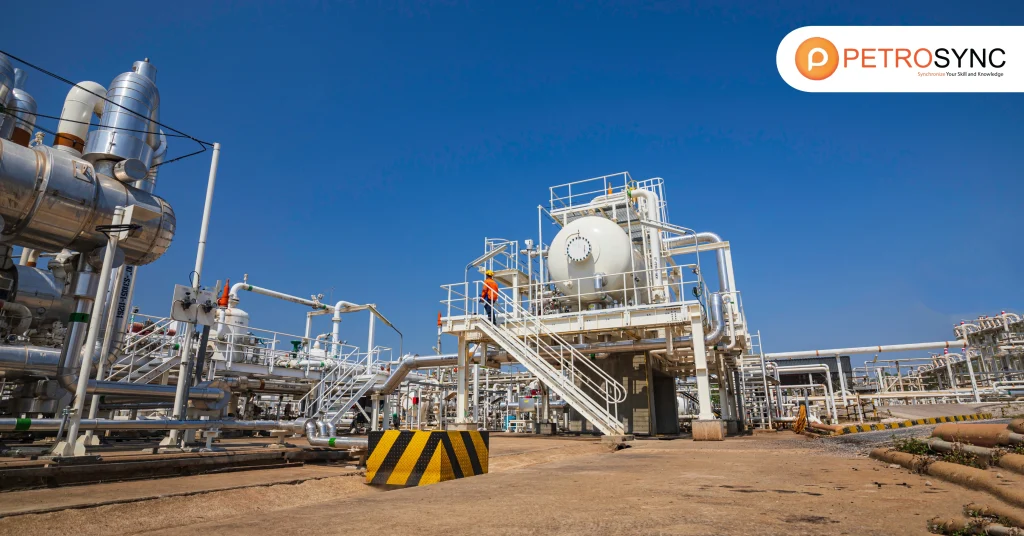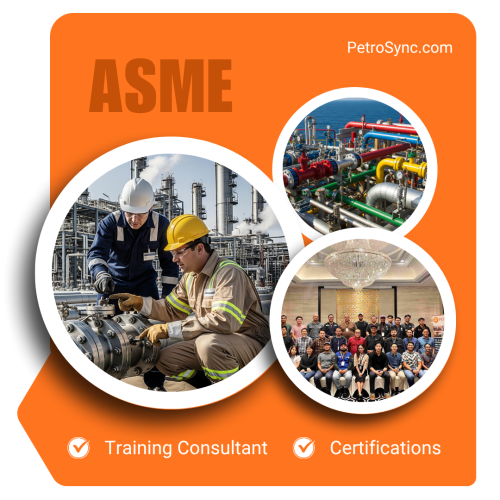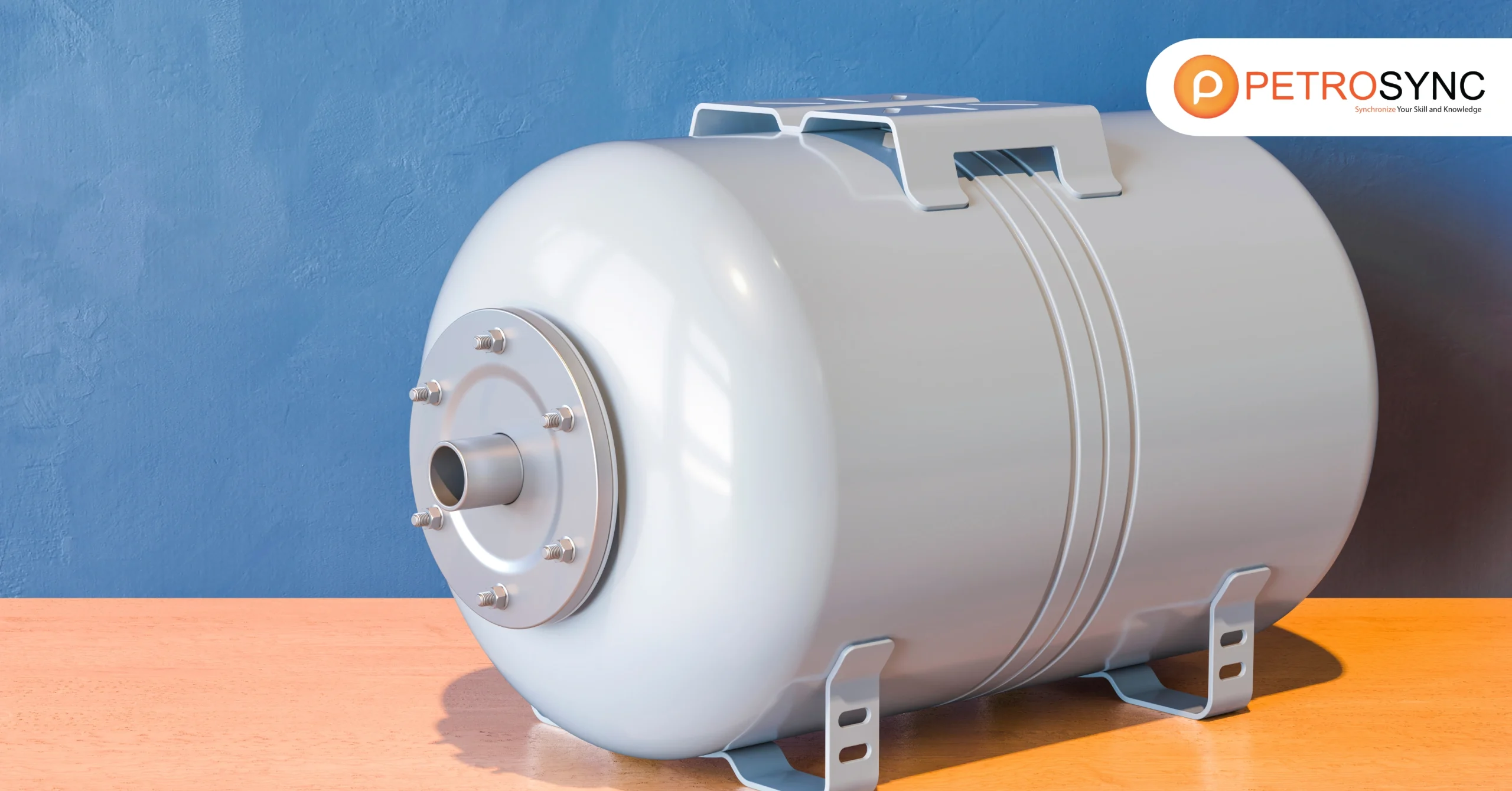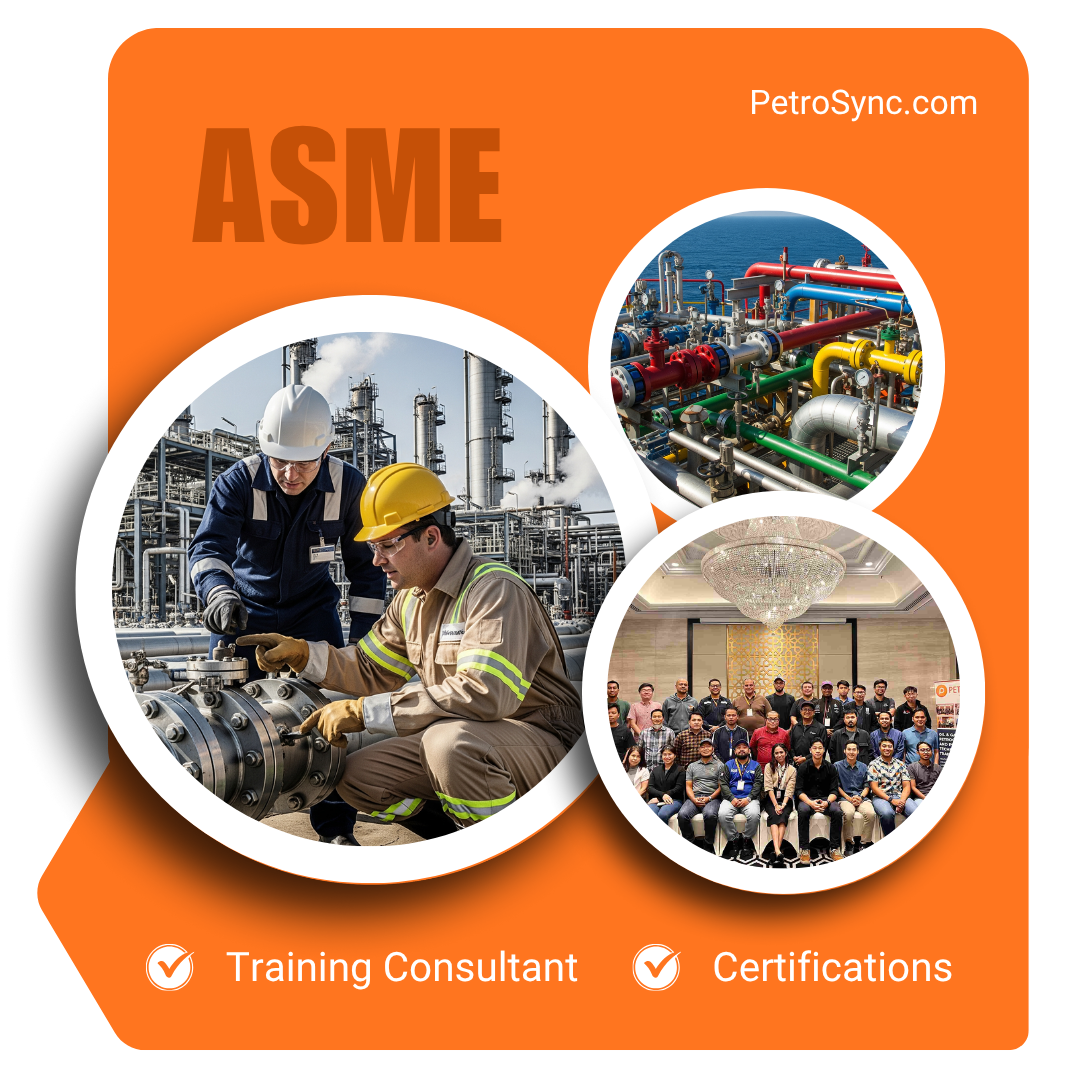In numerous industries such as oil and gas, chemical manufacturing, power generation, and pharmaceuticals, pressure vessel stands as an essential piece of equipment. As it holds a vital role, engineers and in-field personnel are often equipped with a comprehensive understanding of pressure vessels. Read on to learn more about the fundamentals, design formula, and application of pressure vessels in various industries.
Table of Contents
ToggleWhat Is a Pressure Vessel?

A pressure vessel is a sealed enclosure container designed to contain gases or liquids at a pressure higher or lower than the ambient pressure. Some examples of pressure vessels are glassware, autoclaves, compressed gas cylinders, compressors, vacuum chambers and custom-designed laboratory vessels. In designing pressure vessels, engineers consider multiple factors.
Such as the maximum allowable working pressure the equipment will experience, the temperature of the material contained, the type of material used to construct, and the type of load it will be subjected to. Various shapes and sizes characterize pressure vessels, which range from small cylinders for propane storage to large tanks in chemical processing plants.
Common shapes include cylindrical, spherical, and rectangular. Manufacturers typically make pressure vessels from metals like steel, stainless steel, or aluminum, but some also use composite materials. The pressure the vessel contains determines the thickness of its walls, requiring thicker walls for higher pressures.
The strict regulations and standards for pressure vessels ensure their safety and reliability. International organizations such as ASME and API provide guidelines for designing, constructing, inspecting, and testing these pressure equipment. To maintain the ongoing safety and integrity of pressure vessels, regular inspections and maintenance are required.
When it comes to pressure vessels, API 579 is particularly useful for evaluating the remaining life of vessels that have been in service for a while and may have experienced damage or degradation. The standard considers factors such as the type and extent of damage, the operating conditions, and the material properties of the vessel.
This includes checking for leaks, corrosion, and other damage, as well as ensuring the proper functioning of safety devices like pressure relief valves. Pressure vessels, which are specialized containers for holding gases or liquids under high pressure, are used in various industrial applications.
API 579 Pressure Vessel Design Formula for Fitness For Service
The API 579 Fitness For Service standard guides engineers and operators in evaluating the structural integrity of pressure vessels by providing guidelines and formulas. It outlines various design formulas for pressure vessels, which include the following:
1. Design Formula for Cylindrical Shell
This formula calculates the minimum required thickness of a cylindrical shell by considering factors such as design pressure, corrosion allowance, and material properties.
2. Design Formula for Ellipsoidal Head
When designing an ellipsoidal head, engineers take into account the design pressure, corrosion allowance, and material properties to use this formula to calculate the minimum required thickness.
3. Design Formula for Torispherical Head
Engineers utilize this formula to calculate the minimum required thickness of a torispherical head while considering factors such as the design pressure, corrosion allowance, and material properties.
4. Design Formula for Flanged and Dished Head
Engineers use this formula to determine the minimum thickness of a flanged and dished head, considering pressure, corrosion, and material properties. In general, these formulas assist engineers in designing pressure vessels with sufficient thickness and strength to endure their service life’s operating conditions and potential damage mechanisms.
How Is The Application of Pressure Vessel in The Industry?
Pressure vessels find extensive applications across diverse industries, playing a crucial role in numerous processes.
1. Oil and Gas Industry
The oil and gas industry commonly uses pressure vessels to store, transport, and process fluids and gases under high pressure and temperature. Engineers design these vessels robustly to endure high pressure and contain the hazardous materials used in the industry. A storage tank in oil and gas stores crude oil, refined products, and liquids, handling high pressure and temperature efficiently.
2. Chemical Industry
The chemical industry depends on pressure vessels for handling hazardous, corrosive materials in high-pressure, high-temperature processes. The chemical industry extensively uses reactor vessels, a type of pressure vessel, to initiate and control chemical reactions such as polymerization, hydrogenation, and oxidation.
Manufacturers construct these vessels from corrosion-resistant materials like titanium or stainless steel, ensuring they withstand high pressures and temperatures. Distillation columns are another example of pressure vessels used in the chemical industry. These tall columns separate and purify mixture components by heating and collecting vapor at high temperatures. They can handle high pressures and temperatures as well.
3. Power Plants Industry
Pressure vessels play a crucial role in power plant, which generate electricity from various sources like fossil fuel, nuclear energy, and renewable sources. An example of a pressure vessel used in power plant is the steam generator. It produces steam from water, which drives turbines to generate electricity.
Steam generators are large and can withstand high pressure and temperature conditions. Heat exchangers are another example of pressure vessels used in power plants. They transfer heat between fluids and gases in various processes like power generation, cooling, and heating. Heat exchangers come in various designs for specific applications and can withstand high pressure and temperature conditions.
In conclusion, understanding how to handle pressure vessels is crucial for ensuring safety, especially in high-risk industries. The failure of a pressure vessel can result in catastrophic consequences, including injury, loss of life, and property damage.
Enhance Your Skills: Join PetroSync’s Pressure Vessel Training
PetroSync offers API 579 Fitness For Service training to help engineers assess in-service equipment integrity and degradation effects. Join PetroSync’s API 579 training to ensure workplace pressure vessels comply with industry standards and regulations. Book your training seat and make the decision to run, repair, or replace pressure vessels, piping, and tanks with PetroSync!
Credit header image: iStock.com

Results-oriented and thorough SEO specialist with extensive experience in conducting keyword research, developing and implementing digital website promotion strategies and plans, managing campaigns to develop company websites in the digital world, excellent knowledge of marketing techniques and principles, and attentive strong attention to detail.









